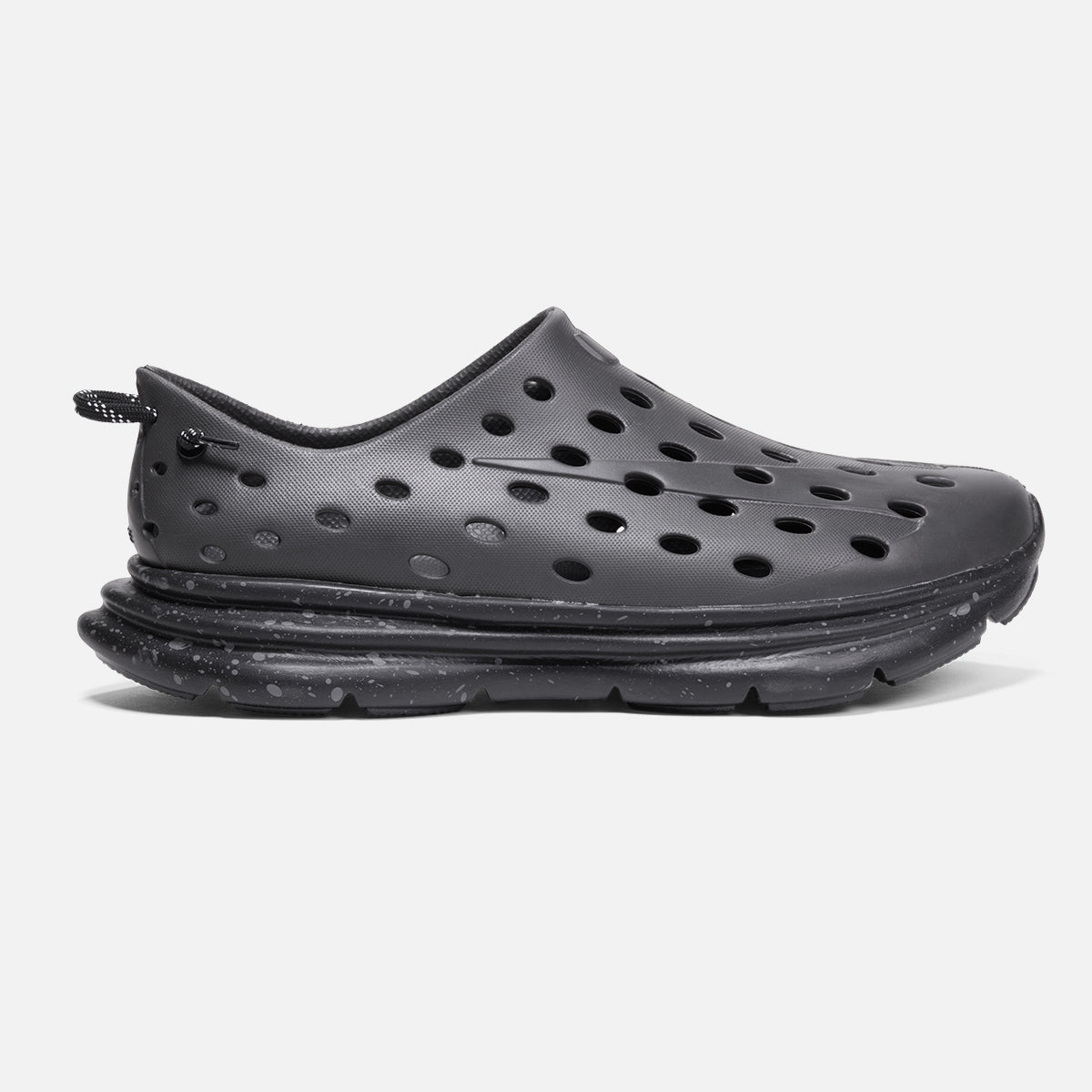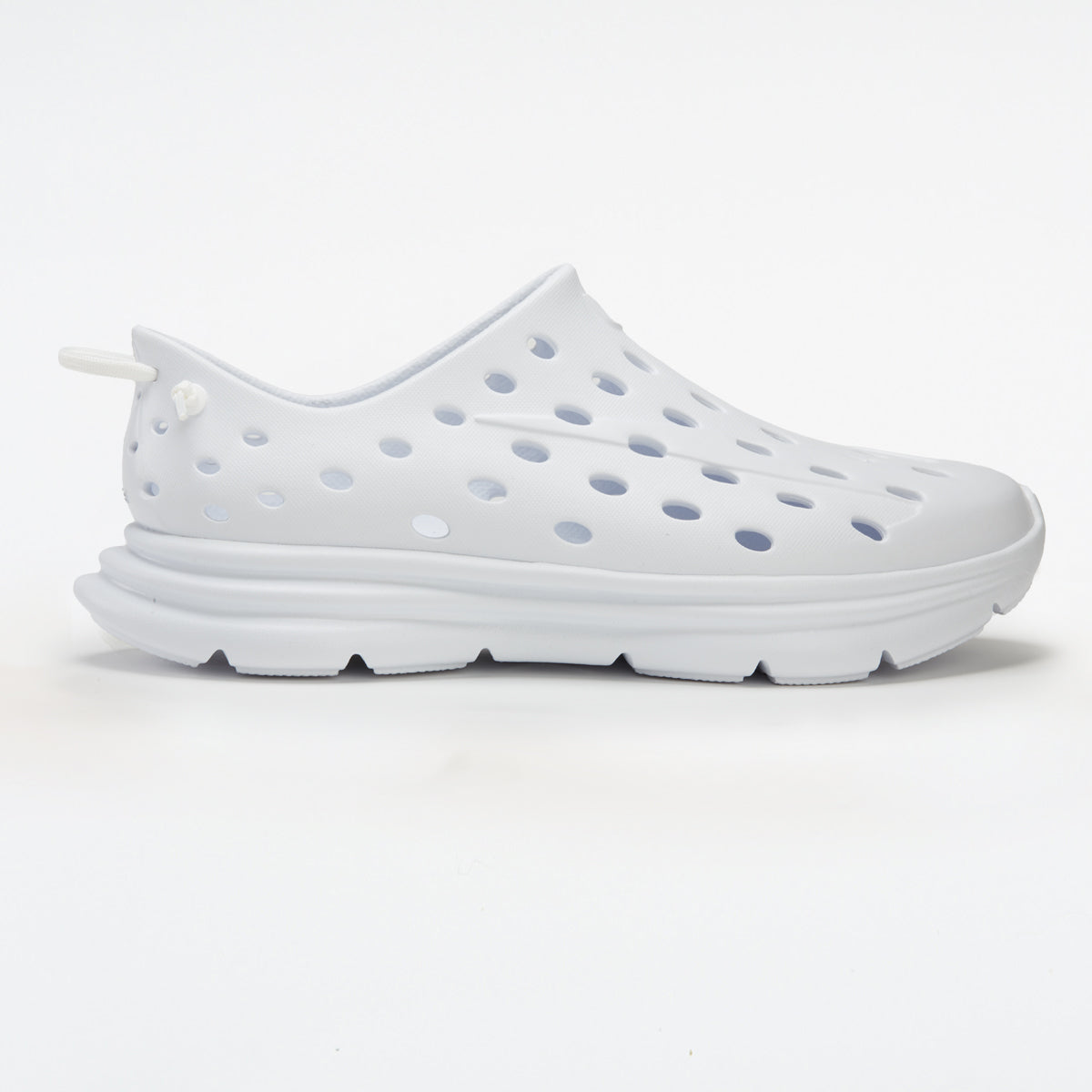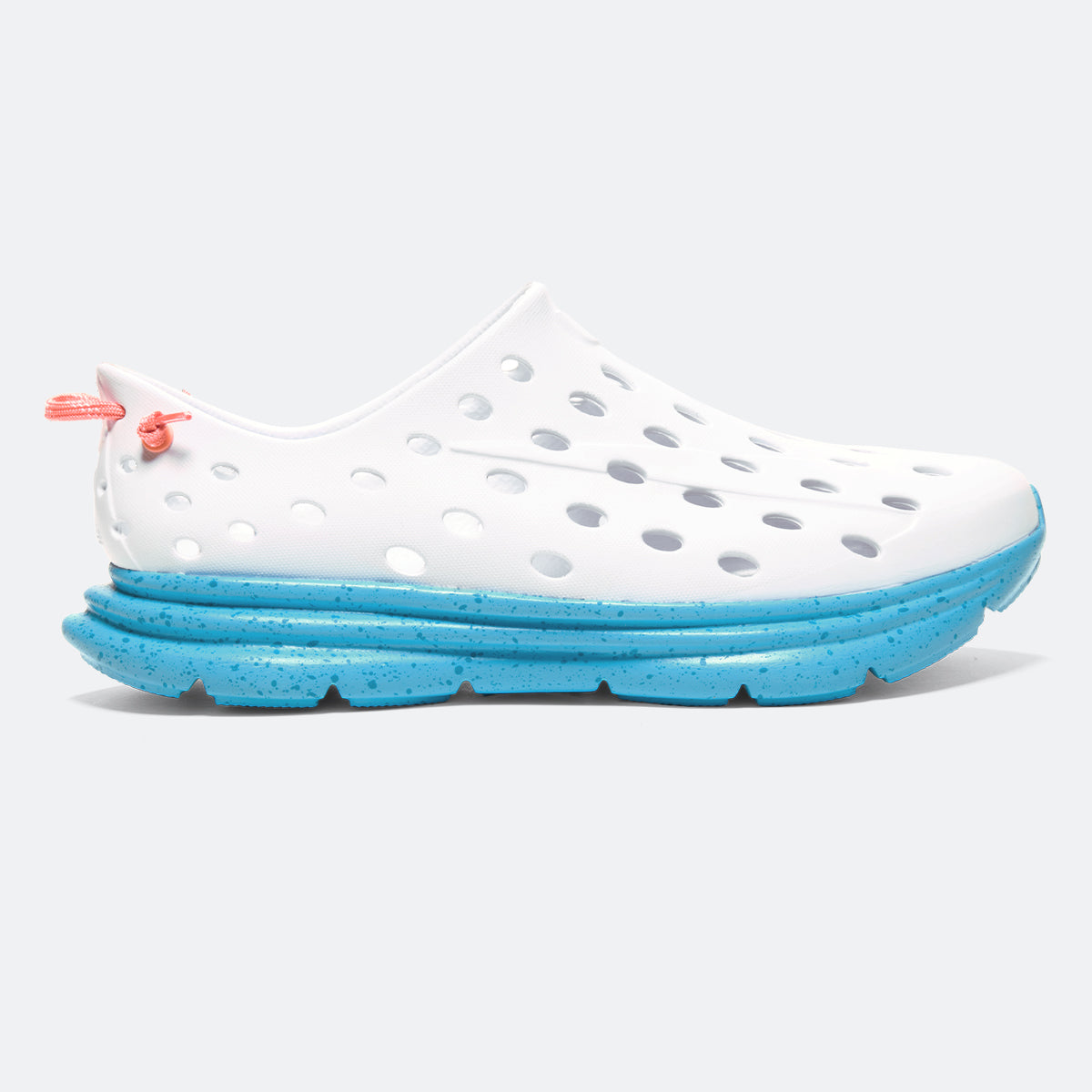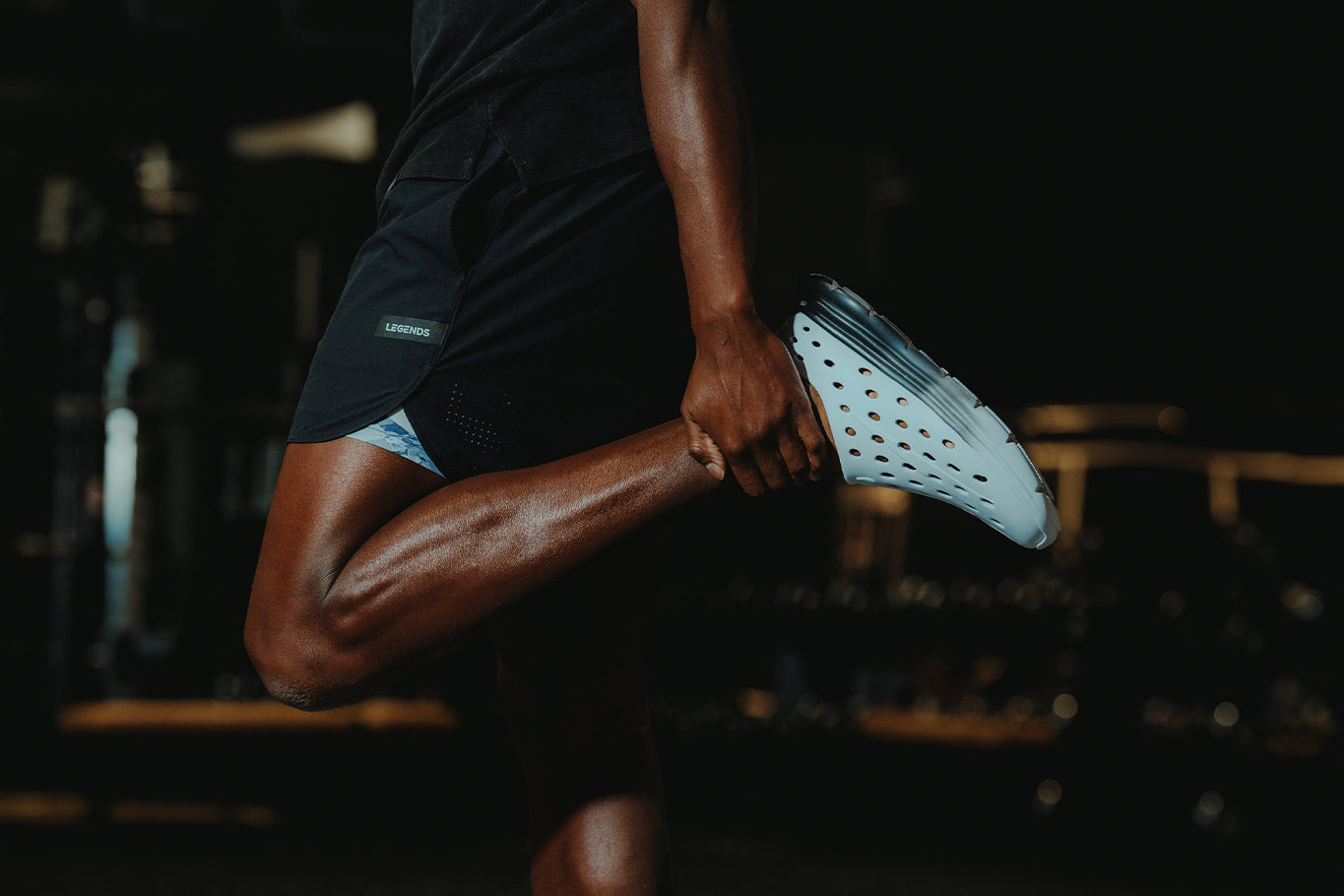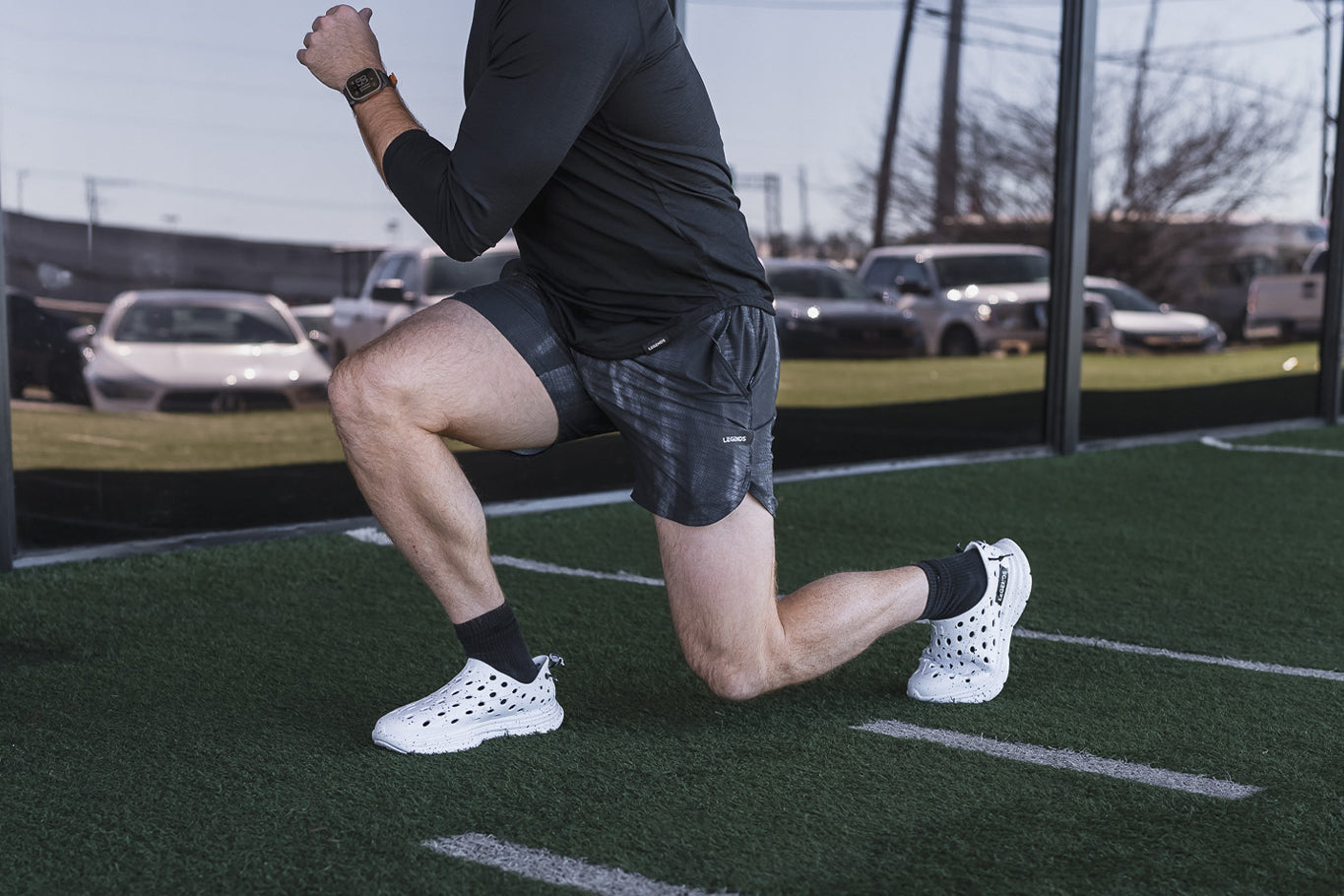Recovery runs are a great way to break up a grueling training schedule and taking some days lighter can help your overall performance and help you achieve better times and longer distances than pushing yourself to the max every day would allow.
But just how slow should a recovery run be? In general, the advice is to maintain a “conversational pace” where you can maintain a conversation and complete your sentences without feeling out of breath.
But let’s get into recovery running in a lot more detail.
What is a recovery run?
A recovery run is a type of run that is performed at an easy and relaxed pace following a more intense workout or race. Its primary purpose is to aid in the recovery process, allowing the body to adapt and repair itself after a strenuous effort. Recovery runs are commonly used by athletes, particularly runners, as part of their training regimen.
The key characteristics of a recovery run include:
Low intensity
Recovery runs are performed at a significantly slower pace compared to regular training runs or races. The aim is to keep the intensity low, allowing the body to recover without putting additional stress on the muscles and cardiovascular system.
Shorter distance
Recovery runs are usually shorter in distance compared to regular training runs. The exact distance may vary depending on individual fitness levels and the intensity of the previous workout. The focus is on active recovery rather than building endurance or speed.
Easy effort
The emphasis during a recovery run is on maintaining a comfortable and conversational pace. The runner should feel relaxed and in control, avoiding any feelings of fatigue or exertion.
Individualized approach
The specifics of a recovery run may vary depending on factors such as the individual's fitness level, training plan, and the intensity of the preceding workout. It's important to listen to your body and adjust the pace and distance accordingly.
Recovery runs are run at a slower pace—but exactly how slow?
The pace of a recovery run should be significantly slower than your usual training pace. It should feel comfortable, relaxed, and conversational. The specific pace may vary depending on factors such as your fitness level, the intensity of your previous workout, and personal preference. However, a common guideline is to aim for an easy pace that is 1 to 2 minutes per mile slower than your typical easy training pace.
To determine your appropriate recovery run pace, you can use the following methods:
Perceived exertion
Use the "talk test" during your run. If you can comfortably hold a conversation without gasping for breath or feeling excessively fatigued, you are likely running at an appropriate recovery pace.
Heart rate
Keep an eye on your heart rate during the run. Recovery runs typically fall within 60-70% of your maximum heart rate. However, this method requires knowledge of your maximum heart rate and individual heart rate zones.
Percentage of maximum effort
Another approach is to base your recovery run pace on a percentage of your maximum effort. Recovery runs should generally be around 50-70% of your maximum effort.
Remember, the goal of a recovery run is to facilitate active recovery and allow your body to recover from previous intense workouts. It's important to listen to your body and adjust the pace accordingly. If you find yourself struggling or feeling fatigued during a recovery run, that defeats the purpose. Slow down further or take additional rest if needed. Everyone is different, so find the pace that works best for you and supports your recovery process effectively.
Can a recovery run be too slow?
While recovery runs are typically performed at a slower pace, they can become too slow. Running too slowly during a recovery run may affect your running form (leaving you susceptible to injury), reduce the effectiveness of the workout, and hinder your progress.
Here are a few considerations regarding the pace of a recovery run:
Don’t slow down so much that you can’t maintain proper form
Running too slowly can lead to a breakdown in running form. Your stride may become inefficient, and your body may adopt unnatural movements that can increase the risk of injury. It's important to maintain good running mechanics even during a recovery run.
A recovery run should still be stimulating
Recovery runs should still provide a stimulus for the body to adapt and recover. If the pace is excessively slow, it may not provide enough stimulus to promote the desired adaptations in the muscles and cardiovascular system. Finding the right balance between a comfortable pace and a pace that still stimulates recovery is key.
You don’t want to become bored
Running at an extremely slow pace may lead to mental disengagement and boredom. It's important to find a pace that keeps you mentally engaged and motivated during the run.
Consider your individual needs
The appropriate pace for a recovery run can vary from person to person. It depends on factors such as fitness level, training history, and the intensity of the previous workout. While recovery runs are generally slower than regular training runs, the exact pace may differ between individuals.
While recovery runs are meant to be slower than regular training runs, it's important to find a balance. The pace should be comfortable, but not excessively slow, to maintain good form, stimulate adaptation, and keep you mentally engaged. Pay attention to your body's feedback and make adjustments as needed to ensure that your recovery run is effective and supports your overall training goals.
How do recovery runs help the recovery process?
Overall, recovery runs play a vital role in promoting the body's recovery and adaptation to training. They assist in flushing out metabolic waste products, enhancing blood circulation to aid in muscle repair, and preventing overtraining and injury. By incorporating recovery runs into a training program, athletes can strike a balance between hard workouts and adequate recovery, ultimately improving their overall performance.
Here are the main reasons to incorporate recovery runs into your training:
4 physical benefits of recovery runs
1. Improved blood circulation
Engaging in light exercise, such as a recovery run, promotes blood flow throughout the body. This increased circulation helps deliver oxygen and nutrients to the muscles, facilitating the recovery process.
2. Enhanced muscle recovery
Recovery runs stimulate the recovery of muscles following a challenging workout. The gentle movement helps flush out metabolic waste products, such as lactic acid and brings in fresh blood to aid in muscle repair.
3. Injury prevention
Recovery runs can assist in injury prevention by maintaining joint mobility and promoting proper movement patterns. They help prevent muscle imbalances and excessive stress on specific areas, reducing the risk of overuse injuries.
4. Active recovery
Engaging in low-intensity exercises like recovery runs helps activate the parasympathetic nervous system, which promotes relaxation and recovery. This active recovery approach is more beneficial than complete rest, as it keeps the body in motion without excessive strain.
4 psychological benefits of recovery runs
1. Mental refreshment
Recovery runs provide an opportunity for athletes to mentally recharge and rejuvenate. The relaxed pace and reduced pressure allow them to enjoy the process of running without the stress of performance goals.
2. Stress reduction
Exercise, even at a lower intensity, releases endorphins, which are known as "feel-good" hormones. Recovery runs can help reduce stress levels, improve mood, and provide a sense of overall well-being.
3. Mental clarity
Recovery runs offer a break from intense training sessions, allowing athletes to gain mental clarity and perspective. The calming nature of these runs can lead to clearer thinking, problem-solving, and increased creativity.
4. Consistency and motivation
Incorporating recovery runs into a training plan helps establish a sense of routine and consistency. By giving the body time to recover and adapt, athletes can maintain long-term motivation and avoid burnout.
Overall, recovery runs contribute to both physical and psychological well-being. They promote muscle recovery, injury prevention, mental relaxation, and sustained motivation, ultimately supporting athletes in achieving their performance goals.
Can recovery runs replace rest days?
No, recovery runs should not replace rest days entirely. While recovery runs are a form of active recovery, they are still a type of exercise and involve physical exertion. Rest days, on the other hand, involve complete rest or very low-intensity activities to allow the body to recover fully.
Rest days play a crucial role in the recovery process by giving your body time to repair and rebuild. They help prevent overtraining, reduce the risk of injury, and replenish energy stores. Rest days also provide an opportunity for mental and emotional recovery, allowing you to recharge and maintain long-term motivation.
While recovery runs can be beneficial for active recovery, they should be incorporated alongside regular rest days within your training program. The frequency and scheduling of rest days will depend on your individual needs, training intensity, and overall goals. It's important to strike a balance between training stimulus and adequate recovery to optimize your performance and overall well-being. Consulting with a coach or healthcare professional can help you establish an appropriate training schedule that includes both recovery runs and dedicated rest days.
What else can I do to help recovery? Try recovery shoes!
Recovery shoes, also known as post-workout or post-activity shoes, are footwear specifically designed to support the recovery process after physical exercise or strenuous activities, including standing all day at work.
These shoes aim to provide comfort, cushioning, and support to the feet and lower limbs, helping to alleviate muscle fatigue, promote circulation, and facilitate the body's natural recovery mechanisms.
Kane’s recovery shoes provide excellent support, comfort, and durability for those in need of top-notch recuperative footwear. Featuring an adjustable hook-and-loop single strap synthetic upper, plush TPR footbed as well as a durable injected EVA outsole, these kicks come with all the right features to assist you during your rehabilitation journey.









































